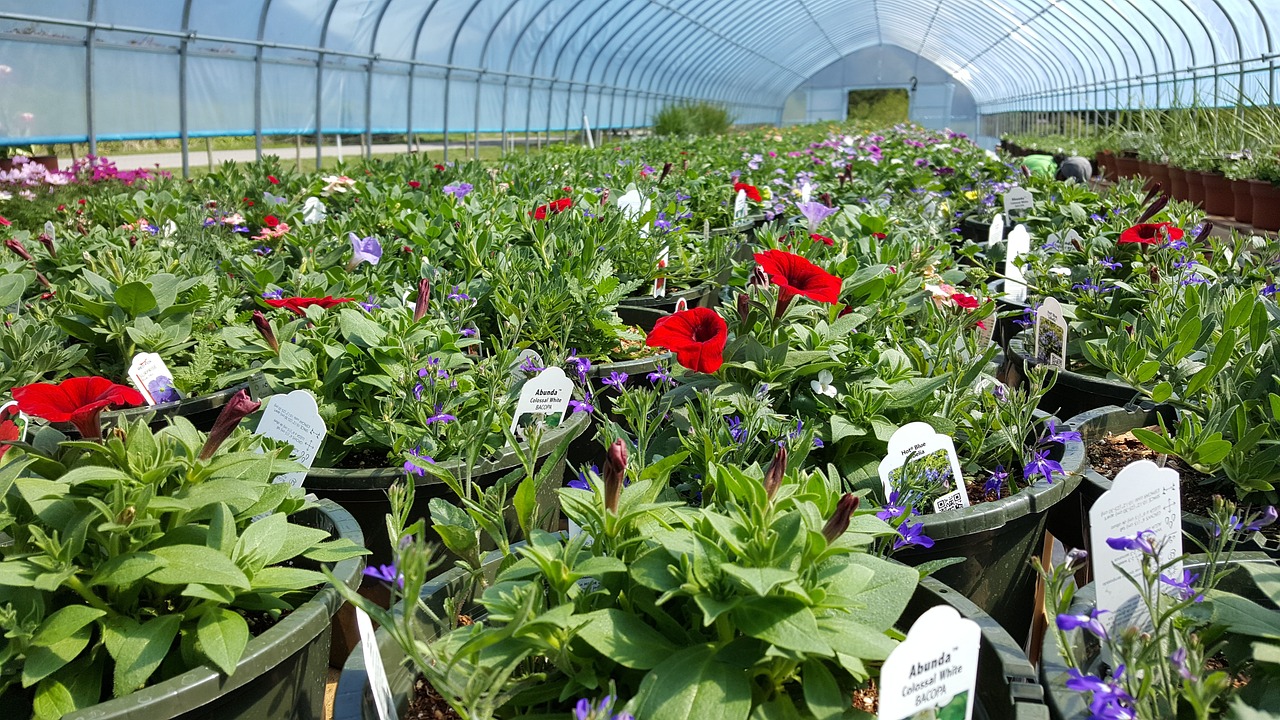Organizing outdoor plants isn’t just about aesthetics; it’s about creating an environment where your green companions can thrive while adding beauty to your surroundings. Whether you’re a seasoned gardener or just starting out, mastering the art of outdoor plant organization can elevate your gardening experience to new heights. In this guide, we’ll explore essential tips and strategies to help you arrange and maintain your outdoor plant collection like a pro.
1. Assess Your Space
Before diving into organizing your outdoor plants, take a step back and assess your space. Consider factors such as sunlight exposure, soil quality, and available space. Understanding these elements will guide your plant selection and layout decisions. Take note of shady spots, sunny patches, and any areas with special conditions, such as slopes or low-lying areas prone to water accumulation.
2. Plan Your Layout
Once you’ve evaluated your outdoor space, it’s time to plan your plant layout. Start by sketching a rough outline of your garden area, including existing features such as trees, pathways, and structures. Think about the visual flow and balance you want to achieve. Group plants with similar water and sunlight needs together to simplify maintenance and ensure optimal growth. Consider using containers, raised beds, or trellises to add dimension and structure to your garden design.
3. Choose the Right Plants
Selecting the right plants is crucial for successful outdoor plant organization. Take into account factors such as climate, soil type, and maintenance requirements. Choose a variety of plants with different colors, textures, and heights to create visual interest and diversity in your garden. Consider incorporating native species and drought-tolerant plants to promote sustainability and attract local wildlife.
4. Arrange with Purpose
When arranging your outdoor plants, think beyond aesthetics and consider their functional roles in your garden ecosystem. Place taller plants towards the back or center of beds to provide shade and support for smaller, delicate varieties. Use groundcover plants to suppress weeds and retain soil moisture. Integrate edible plants and herbs into your landscape for both beauty and utility. Experiment with layering and interplanting to maximize space and create natural-looking plant communities.
5. Maintain Regularly
Maintaining outdoor plant organization is an ongoing process that requires regular care and attention. Develop a routine watering schedule based on your plants’ needs and seasonal fluctuations. Monitor for pests, diseases, and nutrient deficiencies, and address any issues promptly to prevent spread and damage. Prune and deadhead plants as needed to promote healthy growth and flowering. Mulch beds to suppress weeds, retain moisture, and regulate soil temperature.
6. Adapt and Evolve
As your outdoor plant collection grows and matures, be prepared to adapt and evolve your organization strategies. Plants may outgrow their original locations or require different conditions as they develop. Periodically reassess your layout and make adjustments as needed to maintain balance and harmony in your garden. Don’t be afraid to experiment with new plant combinations or design ideas to keep your outdoor space fresh and inspiring.
Conclusion
Organizing outdoor plants is a rewarding endeavor that allows you to create a harmonious and vibrant outdoor oasis. By following these tips and strategies, you can transform your garden into a thriving ecosystem filled with beauty and life. Whether you’re a novice gardener or a seasoned pro, mastering the art of outdoor plant organization will enhance your enjoyment of nature and bring endless joy and satisfaction to your outdoor space. So roll up your sleeves, grab your gardening tools, and get ready to unleash your inner green thumb!





